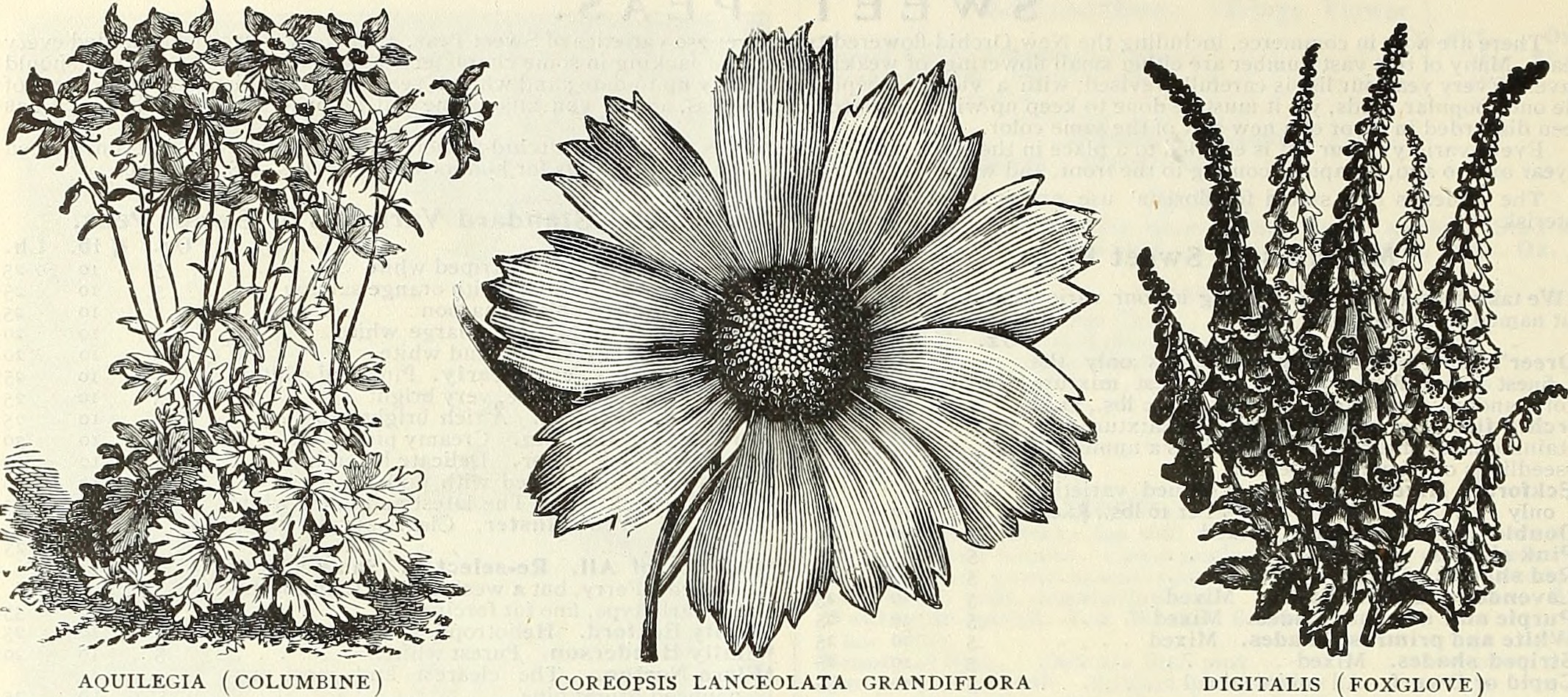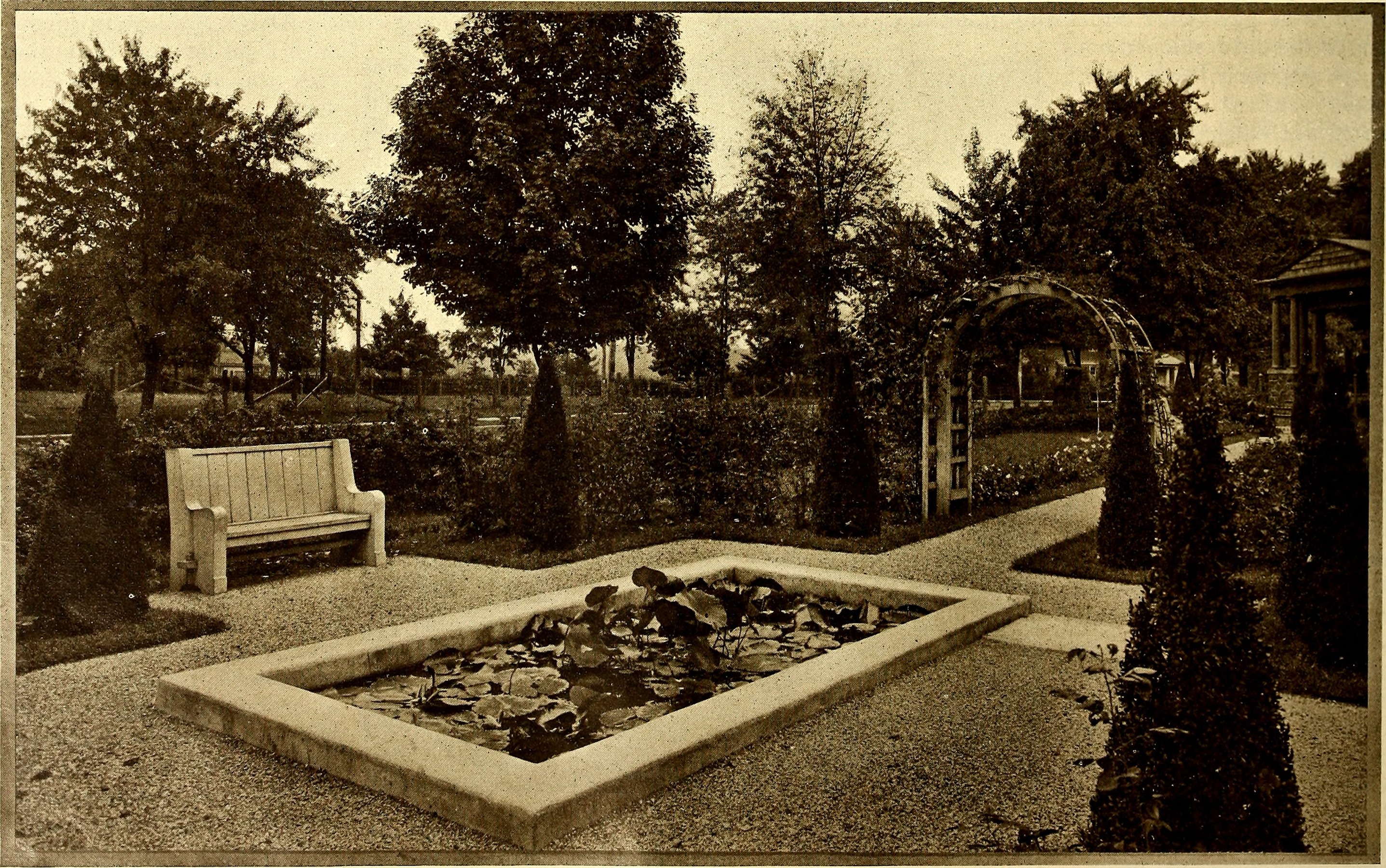When I was reading my usual pile of articles and books while researching this topic, I read about some pretentious garden writer who said, of gardens, that a real work of art is not something that could be copied or analyzed.
I see this notion quite often in the literary world as well. There’s always some guy out there saying that creativity is “god-given.” This guy will tell you that you can’t really teach “writing” or “art” or “design.” This guy will tell you that genius just happens – but not to you – and you haven’t a chance of learning genius, or creativity, because these abilities not really teachable.
Let’s pause here to do a thought experiment.
Let’s say we’re at a place where there are a lot of cattle, like a feedlot. As a result, there’s also a great deal of compostable material here.
Now, imagine you’re standing in this feedlot, and you take a deep breath.
Smell that?
That’s the smell of everything that guy is telling you.
Of course art can be taught. Of course you can develop creativity. What’s more, a plumber can be just as creative as an artist. Or a mechanic. Or a teacher.
Creativity is not exclusive to only a certain class of people – though, to be sure, those who have wealth and means to study with great teachers and in exclusive programs certainly have a head start over the rest of us. But people – specifically, people like that pretentious guy – want you to believe that they are better than you are, by pretending they are inherently superior through their creativity, aka genius. These kind of people don’t like to mention their special advantages that they’ve taken due to wealth or who they know.
And every person, whatever their trade, can be creative. You can be creative if you’re a mechanic, or plumber, or some rosarian working in the field with a bunch of grumpy roses. Creativity is not elitist. Every human tackling a problem has an opportunity to be creative. They don’t always take it (some folks are a little scared of creativity), but at any rate, the muse doesn’t exclusively visit artists. There are plenty of blue-collar muses in the world for all of us.
Long story short: you are a creative being, and you can indeed learn all about the things you love, and you can be damned good at them.
Oftentimes, learning creativity is simply done through getting your hands dirty in the garden. If you’re out there in the garden, trying new plants, messing with design in your garden, looking at other gardens to see what works and what doesn’t – and figuring out why things work (or don’t) – and you’re reading gardening books, and wandering around botanical gardens, and taking notes, and talking to other gardeners, and just enjoying the process … if you’re doing these things, then you’re developing your techniques and skills. Creativity grows with that.
The more you learn, the more you can do with what you learn.
Yet all experience is an arch wherethro’
Gleams that untravell’d world whose margin fades
For ever and forever when I move.
Of course, everything I just said translates into whichever field of study you want to apply yourself to. Curiosity, persistence, and love are all very helpful in this as well.

Imitation – The Sincerest Form of Learning
Every artist has multiple teachers, but every artist also starts out by copying others. I didn’t realize, as a gardener starting out, that I could imitate other gardeners. I read a lot about English gardening, and when I made Memorial Day boxes at the greenhouse, I often did a couple of all-white boxes, thinking about the all-white garden at Sissinghurst. (The colors in the white flowers are subtle, but actually show up fairly well when the other flowers are white as well – because white flowers often have a tinge of blue, or pink, or yellow in them that these groupings seem to bring out very nicely.)
I’d try different pairings in my garden that I’d seen pictures of in a book somewhere, but it never occurred to me to try and imitate one of Gertrude Jekyll’s gardens, or Vita Sackville-West’s gardens. I wish I had!
Your gardening notebook is going to be a great help in this. Tuck it in your purse or pocket or under your arm when you visit a botanical garden, or a friend’s garden, or when you go to the nursery. Or keep these notes and pictures in a file on your phone. When you see a great combination, take a picture of it, and make a note of the plants in your book. Or simply make a sketch of the garden arrangement, even if the sketch consists of circles with plant names in the middle. When you write out what other people have done, the idea sticks in your brain. When it’s also in your notebook, it snags your memory very neatly. Then you can go back to it later and play with it.
Of course, an appreciation for art, for photography, will help sharpen your eye for color, form, and composition, all of which will play a part in developing your garden.
Painters have paints; gardeners have plants.
But the trick here is that the artist’s colors, once placed upon the canvas in their final form, will stay put. The gardener’s medium is living things. When you’re working with living things, you have a whole different set of challenges. Living things catch diseases, or they might show stunted growth after a big drought, or sulk, or bloom at the wrong time – or they might just keel over and die.
Van Gogh didn’t have to worry about a patch of purple on his canvas catching blackspot or being eaten by bugs. And that … was probably a good thing.
Design of the Times: How to Plan Glorious Landscapes and Gardens


